Researchers at the University of California, Santa Barbara (UCSB) have developed a method in which two drones working in tandem are actually able to see through walls, the university has announced.
Using ordinary Wi-Fi signals and unmanned aircraft systems (UAS), researchers at UC Santa Barbara professor Yasamin Mostofi’s lab have given a demonstration of three-dimensional imaging of objects through walls. According to the university, the technique could have a variety of applications, such as emergency search and rescue, archaeological discovery and structural monitoring.
“Our proposed approach has enabled unmanned aerial vehicles to image details through walls in 3D with only Wi-Fi signals,” explains Mostofi, a professor of electrical and computer engineering at UCSB. “This approach utilizes only Wi-Fi RSSI measurements, does not require any prior measurements in the area of interest and does not need objects to move to be imaged.”
In their experiment, two autonomous octocopters take off and fly outside an enclosed, four-sided brick house whose interior is unknown to the aircraft. While in flight, one drone continuously transmits a Wi-Fi signal, the received power of which is measured by the other drone for the purpose of 3D imaging.
After traversing a few proposed routes, the UAS use imaging methodology developed by the researchers to reveal the area behind the walls and generate 3D, high-resolution images of the objects inside. In the end, the 3D image closely matches the actual area, according to the university.
“High-resolution 3D imaging through walls, such as brick walls or concrete walls, is very challenging – and the main motivation for the proposed approach,” states Chitra R. Karanam, the lead Ph.D. student on the project.
According to UCSB, this development builds on previous work in the Mostofi Lab, which has pioneered sensing and imaging with everyday radio frequency signals, including Wi-Fi. The lab published the first experimental demonstration of imaging with only Wi-Fi in 2010, followed by several other works on this subject, says the university.
“However, enabling 3D through-wall imaging of real areas is considerably more challenging due to the considerable increase in the number of unknowns,” adds Mostofi.
While their previous 2D method used ground-based robots working in tandem, the success of the 3D experiments is from the drones’ ability to approach the area from several angles, as well as from the new proposed methodology developed by the lab.
According to the university, the researchers’ approach to enabling 3D through-wall imaging uses four tightly integrated key components.
First, they proposed robotic paths that can capture the spatial variations in all three dimensions as much as possible while maintaining the efficiency of the operation.
Second, they modeled the 3D unknown area of interest as a Markov Random Field to capture the spatial dependencies and used a graph-based belief propagation approach to update the imaging decision of each voxel (the smallest unit of a 3D image) based on the decisions of the neighboring voxels.
Third, in order to approximate the interaction of the transmitted wave with the area of interest, they used a linear wave model.
Finally, they took advantage of the compressibility of the information content to image the area with a very small number of Wi-Fi measurements. The university says it is also noteworthy that their setup consists completely of off-the-shelf units.
UCSB notes that the proposed methodology and experimental results appeared in the Association for Computing Machinery/Institute of Electrical and Electronics Engineers International Conference on Information Processing in Sensor Networks.



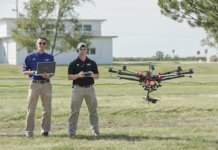
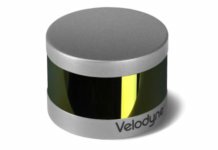

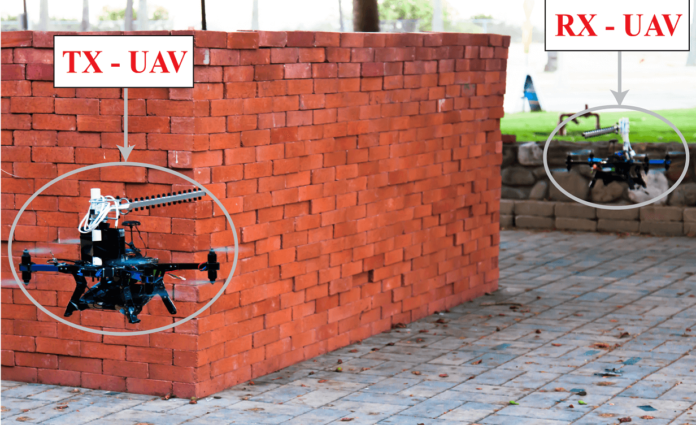

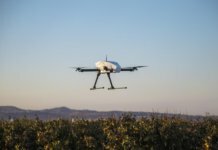

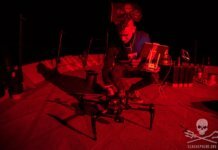
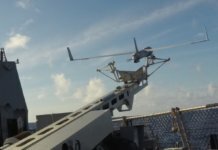

Wow. That is amazing technology. I never would have though drone using WiFi signal could create 3D images. I hope to see more on this in the future.